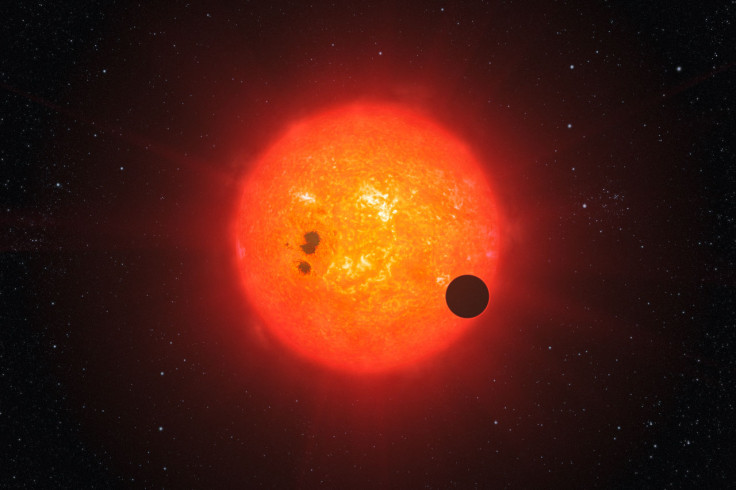Titius-Bode law predicts billions of potentially habitable planets in Milky Way

There could be billions of planets located in the habitable orbital zone of stars in the Milky Way galaxy, scientists have said.
Using an updated version of the 250-year-old Titius-Bode law, researchers from the Australian National University and the Niels Bohr Institute in Copenhagen worked out the probability of the number of stars in the Milky Way that have planets in the habitable zone (where there is the potential for liquid water, and therefore life).
Published in the journal Monthly Notices of the Royal Astronomical Society, scientists used data from Nasa's Kepler satellite to work out that billions of stars in the Milky Way will have one to three planets in the habitable zone.
Kepler has so far found about 1,000 planets around the stars in the Milky Way, as well as about 3,000 potential planets. Many stars have systems with two to six planets, but there could be far more unobservable with Kepler.
Using a new version of the Titius-Bode law – a 250-year-old rule that states there is a certain ratio between the orbital periods of planets in the solar system – the researchers looked to find out how many stars could have planets in the habitable zones.

Steffen Kjær Jacobsen explained: "We decided to use this method to calculate the potential planetary positions in 151 planetary systems, where the Kepler satellite had found between three and six planets. In 124 of the planetary systems, the Titius-Bode law fit with the position of the planets.
What is the Titus-Bode law?
The Titius-Bode law is a loose rule about planetary orbital periods and their distance from the Sun. It was first proposed by JD Titius in 1766 and described by JE Bode mathematically in 1772. It shows a relationship between the distance of the planets from the Sun based on a series of numbers.
It was used to correctly calculate the position of Uranus before the planet was even discovered. It states that there is a certain ratio between the orbital periods of planets in the solar system - so if you know how long it takes one planet to orbit around its star, you can calculate how long it takes other planets and therefore calculate their position in the planetary system. It also allows you to work out if a planet is missing in the observable sequence.
"Using T-B's law we tried to predict where there could be more planets further out in the planetary systems. But we only made calculations for planets where there is a good chance that you can see them with the Kepler satellite."
They predicted there were 228 planets in the 151 systems by inserting the probable location of planets into the pattern among those whose sequence can already be observed. They also added an extra planet beyond the outermost in the sequence.
Habitable zones will vary from star to star – depending on how big and bright it is. Researchers evaluated the number of planets in the habitable zone based on the extra planets and according to the Titius-Bode law for the 151 planetary systems. They found there were one to three planets in the habitable zone of each planetary system.
They then took the calculations further out into space and showed that in the Milky Way alone, there could be billions of stars with planets in the habitable zone.
They now hope scientists will look at the Kepler data for the systems they have predicted: "We have encouraged other researchers to look for these. If they are found, it is an indication that the theory stands up," Kjær Jacobsen said.
© Copyright IBTimes 2025. All rights reserved.





















